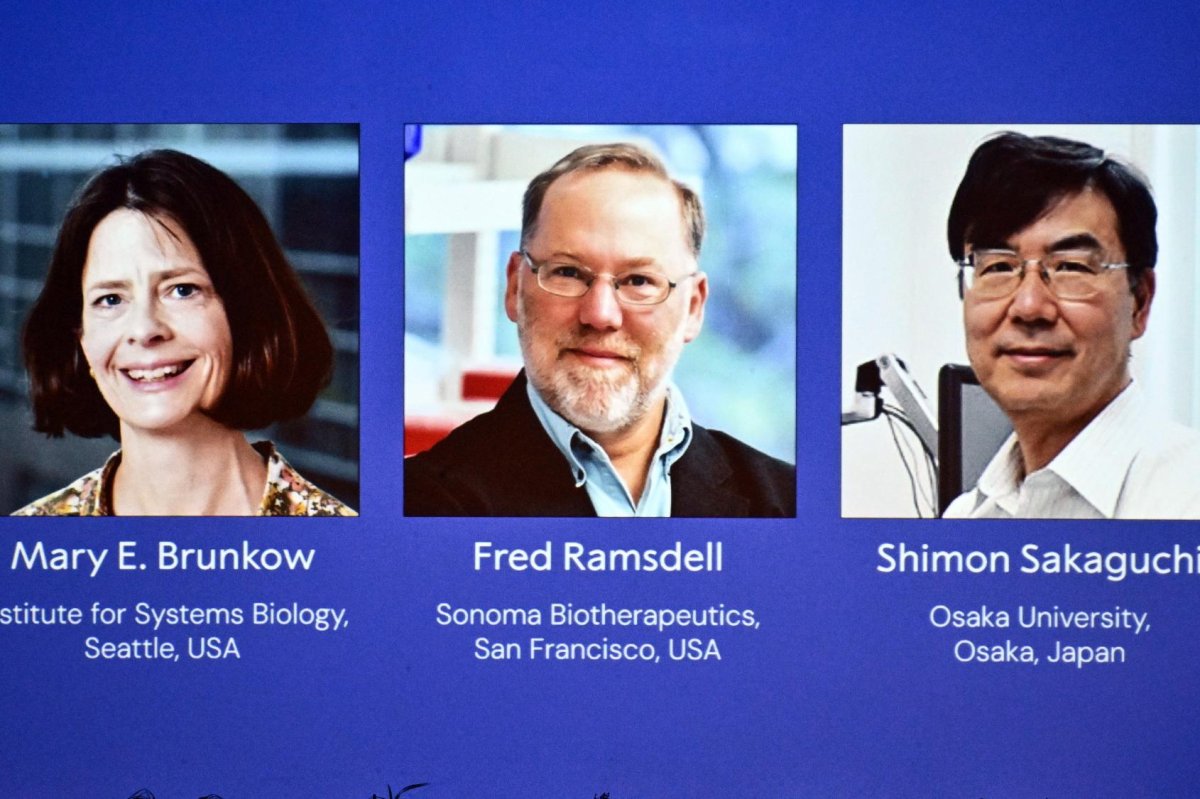On October 6, 2023, the prestigious Nobel Prize in Physiology or Medicine was awarded to three pioneering scientists for their groundbreaking work in understanding the body’s defense against autoimmune diseases. The Nobel Assembly at Karolinska Institutet announced that Mary E. Brunkow and Fred Ramsdell from the United States, alongside Shimon Sakaguchi from Japan, will share the prize, which totals $1.17 million.
The laureates’ research focused on the immune system’s regulatory T cells, crucial components that prevent immune cells from mistakenly attacking the body’s own tissues. According to a press release from the Nobel Prize, these cells act as security guards, providing essential protection against autoimmune diseases.
Olle Kämpe, chair of the Nobel Committee, emphasized the significance of these discoveries: “Their discoveries have been decisive for our understanding of how the immune system functions and why we do not all develop serious autoimmune diseases.”
Autoimmune diseases, including rheumatoid arthritis, lupus, and Type 1 diabetes, occur when the immune system targets the body’s own cells. These conditions can lead to severe health issues or even be life-threatening. Daniel Kastner, a distinguished investigator at the National Institutes of Health, highlighted the importance of regulatory T cells, stating, “T regulatory cells play an absolutely vital role in preventing or ameliorating their impact.”
The journey of discovery began in 1995 when Shimon Sakaguchi identified a new class of immune cells that provided critical protection against autoimmune diseases. His research revealed that the immune system’s structure was far more intricate than previously understood. Later, in 2001, Mary Brunkow and Fred Ramsdell made a pivotal discovery concerning a particular mouse strain that exhibited heightened susceptibility to autoimmune conditions. They identified a mutation in a gene they named Foxp3, linking it to the disease’s onset. Their investigations further uncovered that similar mutations in humans could cause a severe autoimmune disorder known as IPEX, which typically manifests in infancy and often necessitates a bone marrow transplant.
By 2003, Sakaguchi had seamlessly connected these findings, proving that the Foxp3 gene plays a critical role in the development of the regulatory T cells he first identified in his 1995 study. These regulatory T cells are essential as they monitor other immune cells and ensure that the immune system does not react against the body’s own tissues.
These revolutionary discoveries have significantly advanced the field of peripheral tolerance and have ramifications beyond basic science; they are paving the way for new medical treatments for a range of autoimmune diseases and cancers. Numerous therapeutic strategies derived from this research are currently undergoing clinical trials, offering new hope for patients worldwide.
The distinguished laureates are:
– Mary E. Brunkow, 64, who completed her Ph.D. at Princeton University and currently serves as a senior program manager at the Institute for Systems Biology in Seattle.
– Fred Ramsdell, 65, who earned his Ph.D. from the University of California, Los Angeles, and is now a scientific advisor at Sonoma Biotherapeutics in San Francisco.
– Shimon Sakaguchi, 74, who obtained his Ph.D. from Kyoto University in Japan and is a distinguished professor at the Immunology Frontier Research Center at Osaka University.
More announcements regarding this year’s Nobel Prizes are expected throughout the week, as the scientific community continues to celebrate outstanding contributions to medicine and research.






